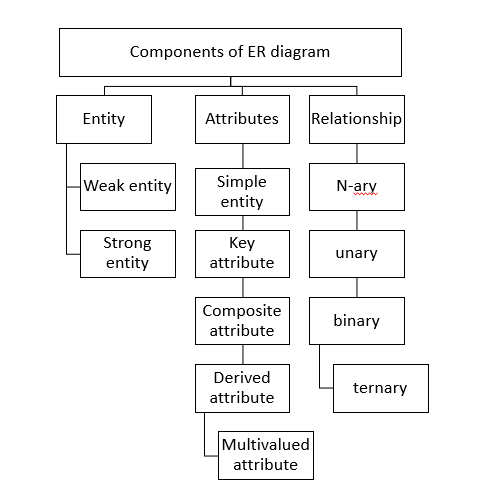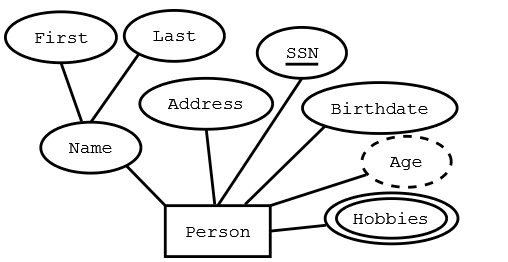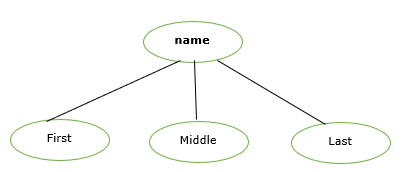
 Data Structure
Data Structure Networking
Networking RDBMS
RDBMS Operating System
Operating System Java
Java MS Excel
MS Excel iOS
iOS HTML
HTML CSS
CSS Android
Android Python
Python C Programming
C Programming C++
C++ C#
C# MongoDB
MongoDB MySQL
MySQL Javascript
Javascript PHP
PHP
- Selected Reading
- UPSC IAS Exams Notes
- Developer's Best Practices
- Questions and Answers
- Effective Resume Writing
- HR Interview Questions
- Computer Glossary
- Who is Who
What are the components of ER diagrams in DBMS?
ER model stands for the Entity Relationship Model in the database management system (DBMS). It is the first step of designing to give the flow for a concept. It is the DFD (Data Flow Diagram) requirement of a company.
It is the basic building block for relational models. Not that much training is required to design the database project. It is very easy to convert the E-R model into a relational table or to a normalized table.
It is a high-level data model diagram that defines the conceptual view of the database. It acts as a blueprint to implement a database in future.
Components of ER diagram
The components of ER diagram are as follows ?
Entity
Attributes
Relationship
Weak entity
Strong entity
Simple attribute
Key attribute
Composite attribute
Derived attribute
Multivalued attribute
The components of the ER diagram are pictorially represented as follows ?

Entity
It may be an object, person, place or event that stores data in a database. In a relationship diagram an entity is represented in rectangle form. For example, students, employees, managers, etc.
The entity is pictorially depicted as follows ?

Entity set
It is a collection of entities of the same type which share similar properties. For example, a group of students in a college and students are an entity set.
Entity is characterised into two types as follows ?
Strong entity set
Weak entity set
Strong entity set
The entity types which consist of key attributes or if there are enough attributes for forming a primary key attribute are called a strong entity set. It is represented by a single rectangle.
For Example,
Roll no of student EmpID of employee
Weak entity set
An entity does not have a primary key attribute and depends on another strong entity via foreign key attribute. It is represented by a double rectangle.
Attributes
It is the name, thing etc. These are the data characteristics of entities or data elements and data fields.

Types of attributes
The types of attributes in the Entity Relationship (ER) model are as follows ?
Single value attribute ? These attributes contain a single value. For example, age, salary etc.
Multivalued attribute ? They contain more than one value of a single entity. For example, phone numbers.
Composite attribute ? The attributes which can be further divided. For example, Name-> First name, Middle name, last name
Derived attribute ? The attribute that can be derived from others. For example, Date of Birth.

Relationship
It is used to describe the relation between two or more entities. It is represented by a diamond shape.
For Example, students study in college and employees work in a department.
The relationship is pictorially represented as follows ?

Here works for is a relation between two entities.
Degree of Relationship
A relationship where a number of different entities set participate is called a degree of a relationship.
It is categorised into the following ?
Unary Relationship
Binary Relationship
Ternary Relationship
n-ary Relationship

